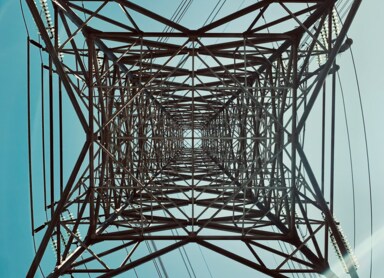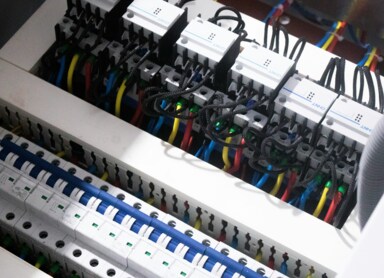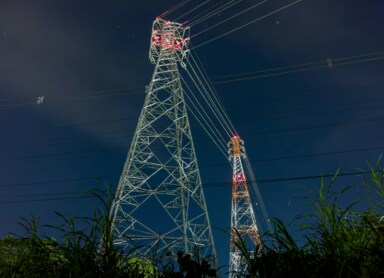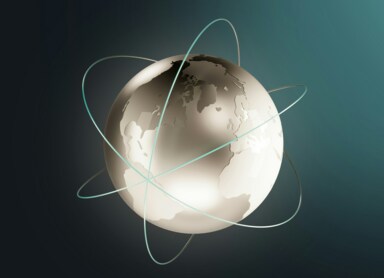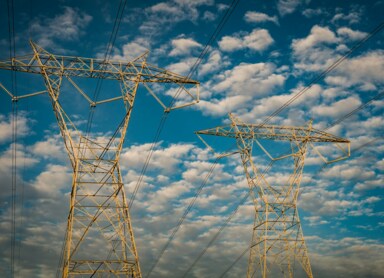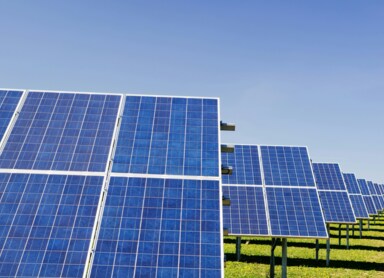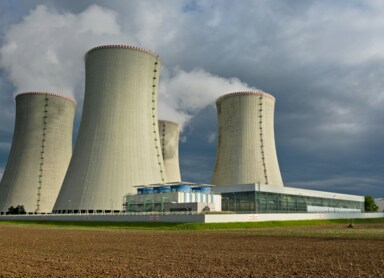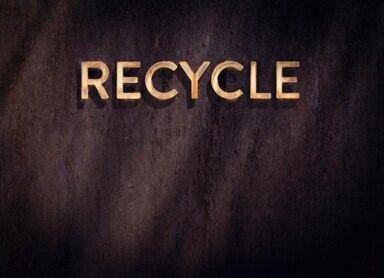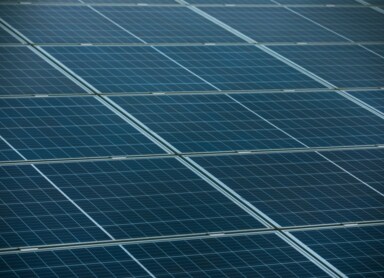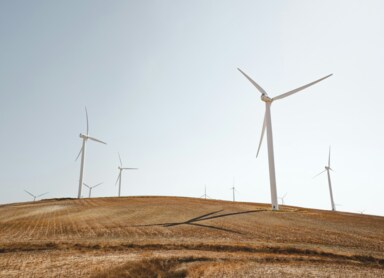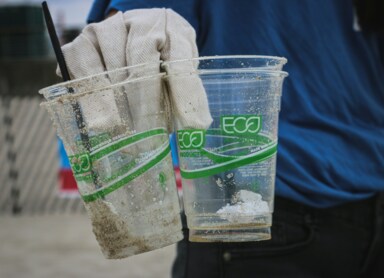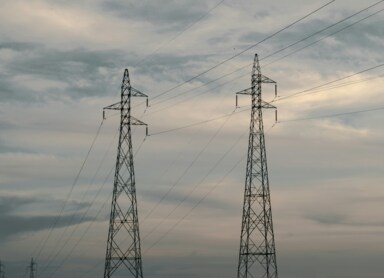Economic development
Energy Storage – What Subsidies Are Available and Who Can Benefit?
Energy storage systems are especially important when generating energy from renewable sources. These devices are used to store previously produced energy, which can later be used when it is needed most. Energy storage is crucial for maintaining the stability of electricity supply and can be applied in households, housing communities, businesses, and many other settings. Various types of subsidies and financial support are available for the construction of energy storage systems.
Unit of electric current – what is an ampere and how do we measure It?
Electric current is the orderly flow of electrons moving through a conductor under the influence of electric forces. For devices connected to the power grid to operate properly, the current supplied must meet specific parameters. One of the key values used to indicate the “quality” of electricity is its current intensity. But what exactly is the unit of electric current?
When was electricity discovered? The history of its discovery and the development of electric power
Most of us no longer realize that life without electricity today would be practically impossible. Yet humanity only learned to harness electric power in the 19th century with the invention of the first electric cell, even though we were aware of the existence of atmospheric discharges much earlier. Who, then, discovered electricity—and when?
Gravitational energy storage – how it works and is it the future of electricity storage?
As the world struggles with an increasingly severe environmental crisis, the demand for Renewable Energy Sources is rising dramatically. Wind and tidal energy are strongly limited by location, while solar energy seems widely available and inexhaustible, but its efficiency suffers due to the day–night cycle. One of the modern innovations addressing this challenge is gravitational energy storage. How does this solution work?
Electric Energy – What It Is, How It Is Produced, and How We Use It
Both consumers and businesses use electric energy every day, and it’s hard to imagine life without electricity today. However, this hasn’t always been the case—back in the 18th century, artificial sources of electric energy did not yet exist. Let’s take a step back in time to explain where electric energy actually comes from and trace its history. Where is the development of electrical engineering headed?
Solar tax – who does it apply to and what are the current regulations?
Generating electricity from solar radiation has for years been an effective way to save money, allowing a significant reduction in electricity bills. However, reports on the internet suggest that, in search of additional revenue, the tax authorities plan to reach into taxpayers’ pockets by introducing a solar tax. How is this new fiscal charge supposed to work? Who does it apply to, and is there really anything to worry about?
How does a nuclear power plant work? We explain
Nuclear energy is currently regarded as the future of developing societies. Extremely efficient and environmentally safe, it allows for the generation of a tremendous amount of electric power, albeit at a fairly high cost. Learn about the principles of how a nuclear power plant works and find out what plans Poland has in this regard.
What is the deposit return system and from when will it be in force in Poland
The deposit return system is a solution introduced in response to the provisions of the Single-Use Plastics Directive, also known as the plastics directive. Its aim is to increase the level of recycling and to reduce the amount of waste ending up in the environment. In Poland, it will come into force in October 2025, although it was originally planned to be launched much earlier. What is the deposit return system, and how has it worked in other European countries?
Photovoltaics – Is It Worth It? Costs, Benefits, and Current Regulations
As of July 1, 2024, new prosumers are now settled under the net-billing system. Unlike the previously used net-metering, where surplus electricity could essentially be taken back on a 1:1 basis with a small commission deducted, the new system is based on specific monetary values.
Is solar-generated electricity still just as profitable under these new rules?
Wind turbines — how do they work and what should you know about them?
Renewable energy sources are not limited to photovoltaics or hydroelectric power. In areas with strong winds, it is also possible to harness their potential to generate electricity. Here, we take a closer look at wind turbines—both large-scale industrial installations and smaller household solutions. How do they work, and is wind power a cost-effective source of energy?
What is greenwashing? Examples of the phenomenon
Today, being “eco-friendly” is a global trend that more and more companies are following. Many do so in good faith, with the genuine intention of benefiting the environment. However, there are also companies that, under the guise of implementing ecological initiatives, hide actions that have nothing to do with sustainability. Such unethical practices are known as greenwashing. Read on to learn how to recognize greenwashing and how to counteract it — what is it really?
How is electricity generated? Everything you need to know
Today, it may seem obvious that practically every home has access to electricity, with power flowing from every outlet. However, electricity itself was not invented—it simply exists. The history of electrical engineering, on the other hand, is relatively short and dates back to the 17th century. Of course, several centuries had to pass between William Gilbert’s invention of the first versorium and the production of photovoltaic panels, but in both cases, electricity is involved. So, what exactly is it, and how is it generated?
